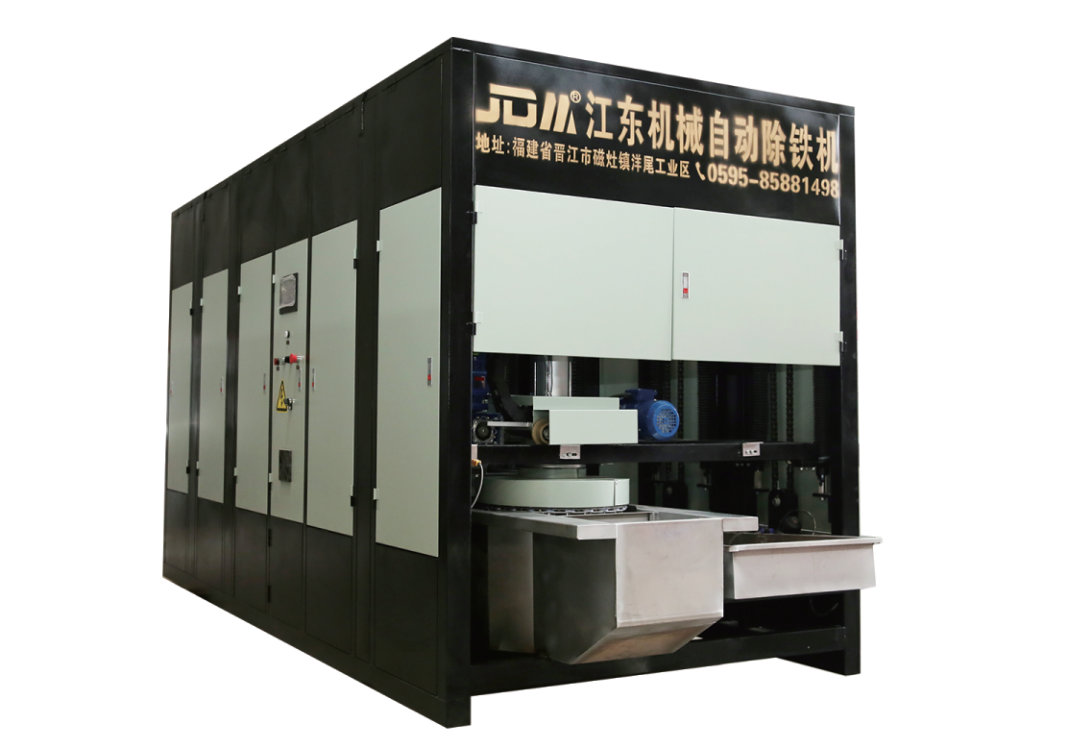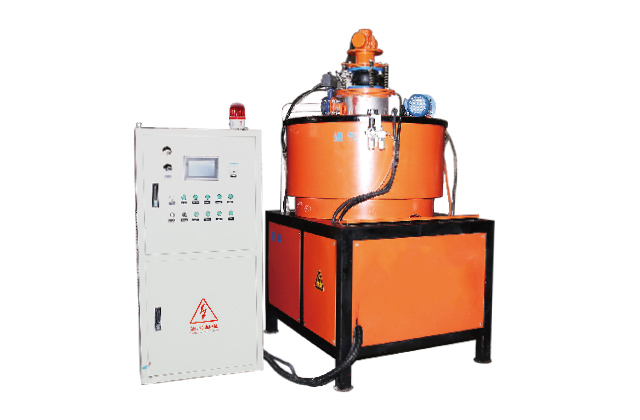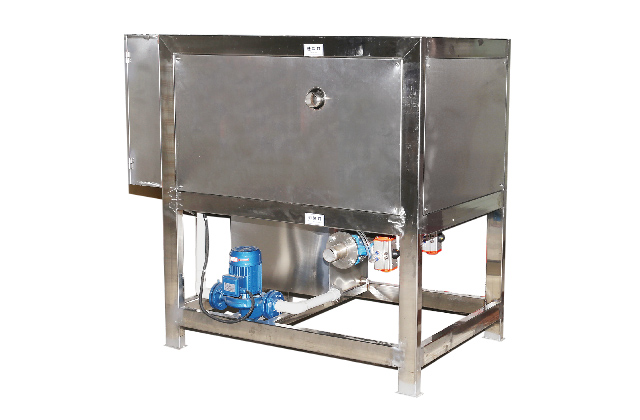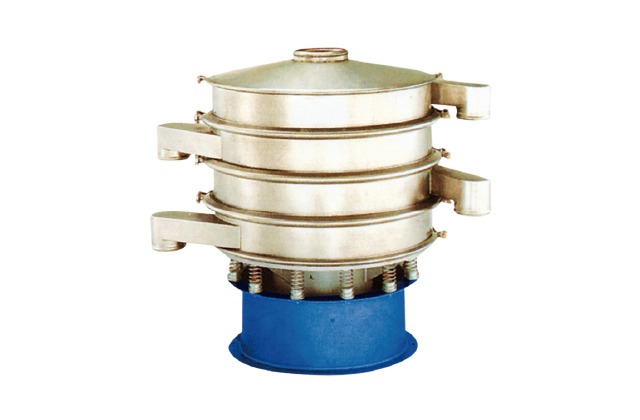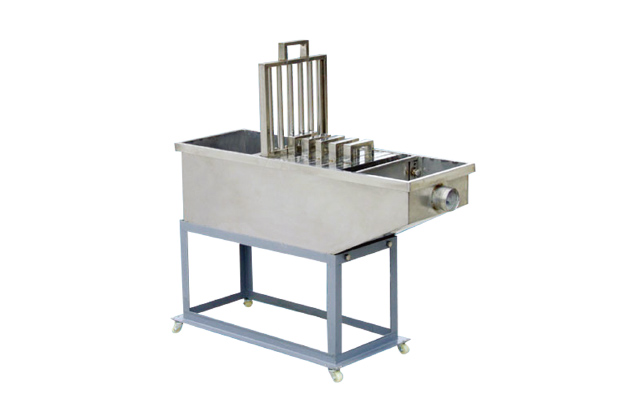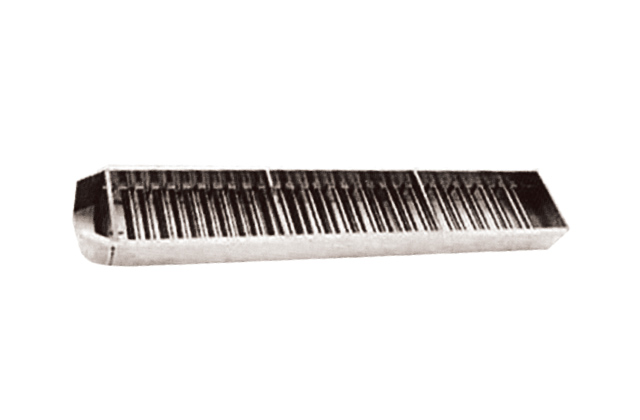October 9, 2025
How to Separate a Cast Iron Head from the Block: A Step-by-Step Guide
Understanding the Process
Separating a cast iron head from the block is a critical task for any engine repair or maintenance. Whether you’re a professional mechanic or a DIY enthusiast, understanding the best way to separate these components is essential for ensuring the longevity and performance of your engine. In this article, we’ll explore the best practices and steps to achieve this process safely and effectively.
Why Separate the Head and Block?
Before diving into the process, it’s important to understand why separating the head and block might be necessary. Over time, the head gasket can become worn out, leading to issues such as coolant leakage, engine overheating, or decreased engine performance. In such cases, separating the head from the block allows for a thorough inspection and replacement of the head gasket, ensuring your engine runs smoothly once again.
Preparation is Key
Before starting the separation process, proper preparation is crucial. First, ensure the engine is cool to avoid any accidental burns or injuries. Next, gather all necessary tools, including a socket set, wrenches, and a hydraulic press if needed. It’s also important to have a clean and well-lit workspace to ensure visibility and safety throughout the process.
Safety First
Safety should always be your top priority when working with heavy machinery. Wear protective gear such as gloves, safety glasses, and a face mask to protect yourself from potential hazards. Additionally, ensure the engine is securely supported with jack stands to prevent any accidental movement or collapse.
The Separation Process
Now that we’ve covered the importance of preparation and safety, let’s move on to the actual separation process. This involves several key steps that must be followed carefully to avoid damaging the head or the block.
Step 1: Remove the Head Bolts
The first step is to remove the head bolts that hold the head in place. Using a socket wrench, begin by loosening the bolts in a star pattern to ensure even pressure distribution. Once the bolts are loosened, completely remove them and set them aside in a safe place.
Step 2: Apply Penetrating Oil
After removing the head bolts, apply a generous amount of penetrating oil to the area where the head meets the block. This will help loosen any corrosion or grime that may be holding the two components together. Allow the oil to sit for at least 30 minutes to an hour before proceeding.
Step 3: Gently Tap the Head
Using a rubber mallet or a soft-faced hammer, gently tap the head to break any remaining corrosion or adhesion. Be careful not to apply too much force, as this could damage the head or the block. Continue tapping around the perimeter until you notice the head beginning to separate from the block.
Step 4: Use a Hydraulic Press (If Necessary)
If the head does not easily separate after tapping, you may need to use a hydraulic press to apply even and controlled force. Place the head on the press and slowly increase the pressure until the head begins to lift away from the block. Remember to maintain steady pressure to avoid any sudden movements that could cause damage.
Post-Separation Steps
Once the head is successfully separated from the block, there are a few important steps to follow to ensure everything is in proper working order.
Inspect the Head and Block
Take the opportunity to thoroughly inspect both the head and the block for any signs of damage or wear. Look for cracks, warping, or excessive corrosion that may need to be addressed before reassembly. If any major damage is found, it may be necessary to replace the damaged component to ensure the engine runs smoothly.
Clean the Surfaces
Before reassembling the engine, clean both the head and the block surfaces to remove any remaining grime, old gasket material, or penetrating oil. A clean surface is essential for ensuring a proper seal when the new head gasket is installed.
Reassembly
Once the inspection and cleaning are complete, it’s time to reassemble the engine. Apply a new head gasket and carefully place the head back onto the block. Reinstall the head bolts and tighten them in the same star pattern used during removal. Be careful not to overtighten the bolts, as this could damage the head or the block.
Conclusion
Separating a cast iron head from the block is a delicate process that requires careful preparation and attention to detail. By following the steps outlined in this guide, you can ensure a safe and successful separation, allowing you to address any issues and get your engine running like new again. Remember, patience and precision are key to avoiding costly mistakes and ensuring the longevity of your engine.

